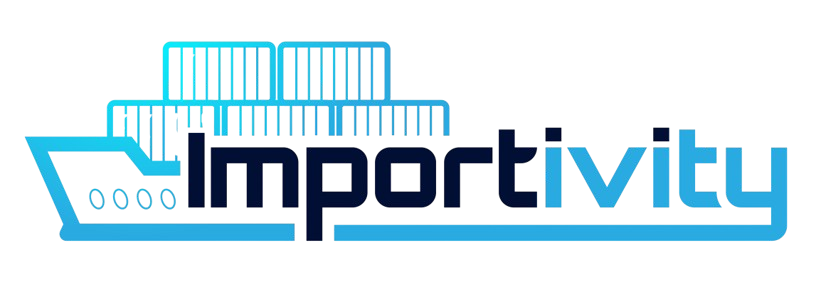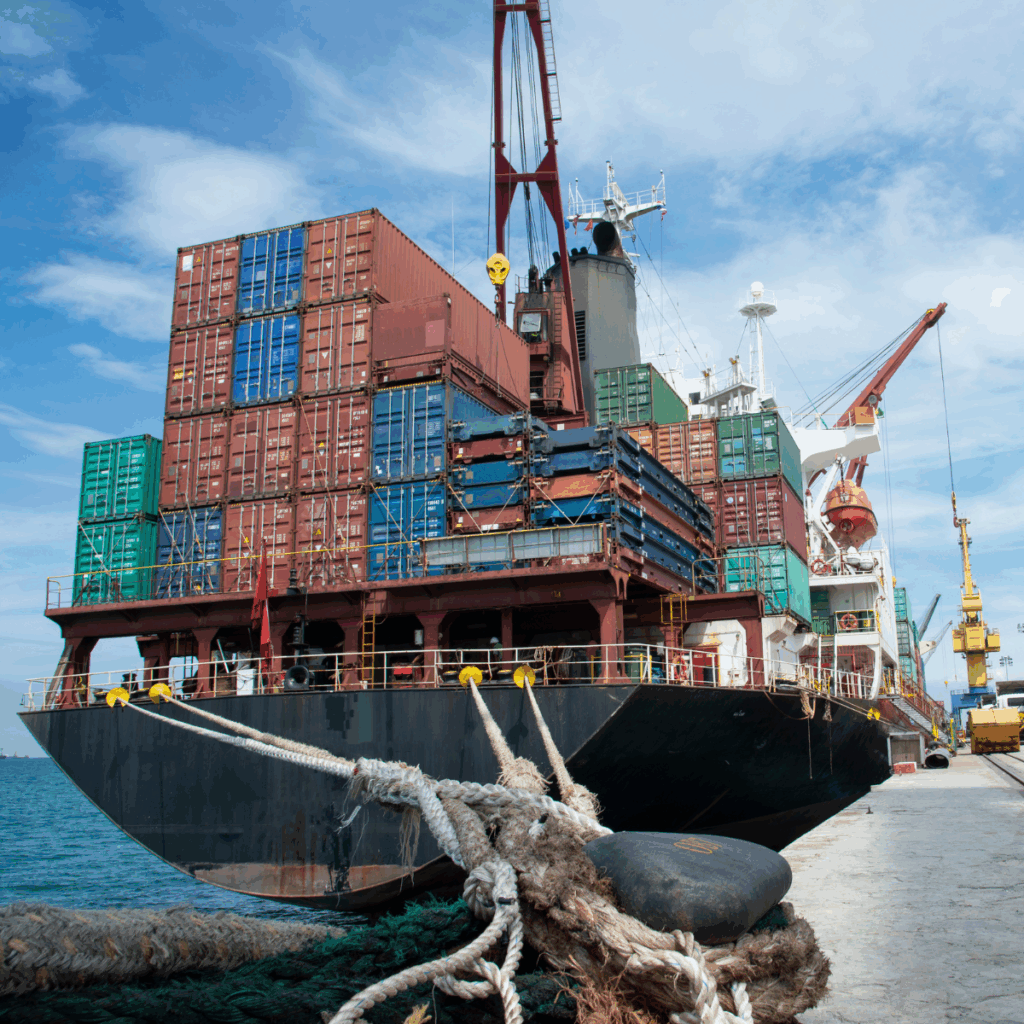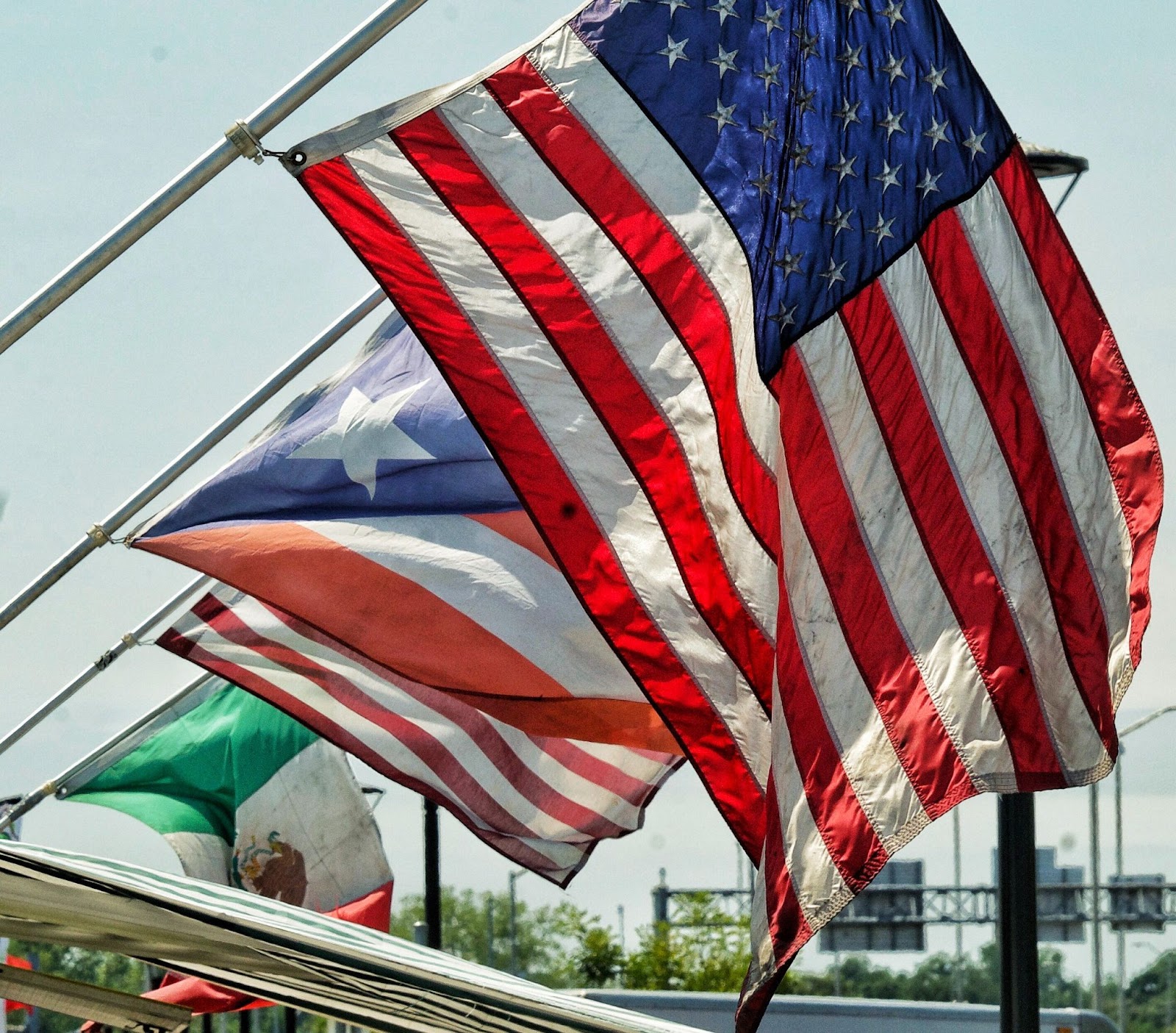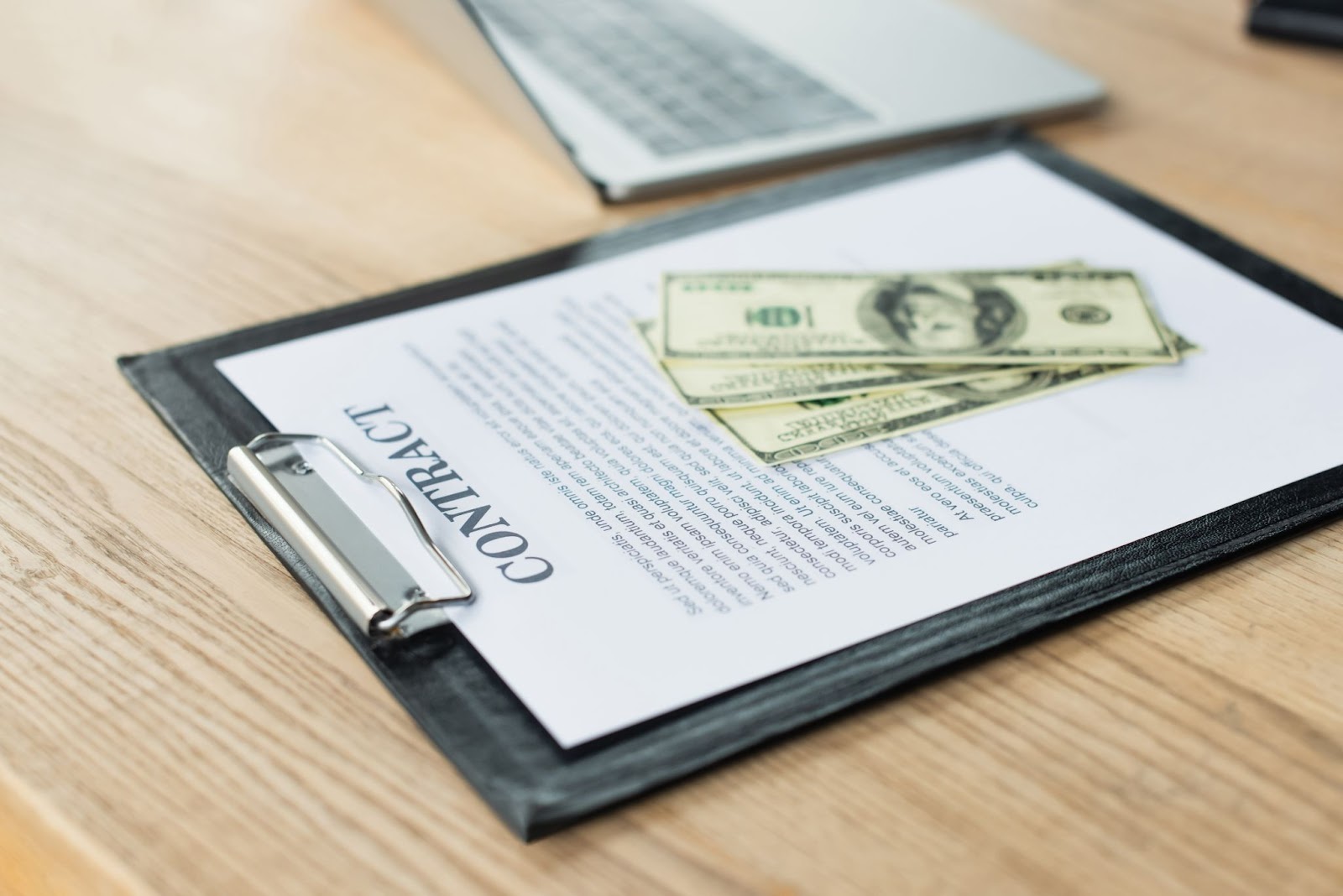Navigating the complex landscape of international trade can be challenging for small-to-medium-sized businesses and entrepreneurs. Tariffs, particularly those enacted during the Trump administration, can significantly impact your bottom line. Fortunately, there are practical strategies to help you effectively reduce tariff exposure, maintain competitiveness, and safeguard profitability. Here are five proven methods to lower your tariff burden:
1. Diversify Your Manufacturing Locations
One of the most effective ways to reduce tariff exposure is by diversifying your manufacturing sources beyond tariff-heavy regions. For example, shifting manufacturing operations from China to countries like Vietnam, Mexico, or India can significantly lower tariff costs. These countries often have lower tariff rates and trade agreements favorable to U.S. importers.
Importivity specializes in facilitating smooth transitions by identifying reliable manufacturers in alternative locations. Our expertise ensures your products maintain quality while achieving substantial tariff savings. Countries like Vietnam offer skilled labor and well-established manufacturing infrastructure, while Mexico provides proximity benefits, reducing transportation costs and logistics complexity.
2. Reclassify Your Products
Tariffs are applied based on specific Harmonized System (HS) codes assigned to your products. Often, slight adjustments in materials or design can qualify your product under a different HS code with a lower tariff rate. Working with tariff classification experts can help you understand how small product modifications can yield significant cost savings.
Regularly review your product classifications and explore potential reclassification opportunities to ensure you’re not inadvertently paying higher tariffs than necessary. Professional consultation ensures compliance with international trade laws and minimizes risks associated with incorrect classifications.
3. Utilize Tariff Exemptions and Exclusions
Certain goods qualify for tariff exemptions or exclusions, particularly in situations involving shortages, critical technologies, or public interest considerations. By staying informed and proactive, businesses can benefit from temporary or permanent tariff relief measures provided by government agencies.
Importivity maintains a detailed Trump-Era Tariff Tracker and provides insights on available exemptions and exclusions, helping businesses quickly identify cost-saving opportunities. Regular updates and expert insights ensure that your business stays ahead of tariff developments.
4. Optimize Your Supply Chain Logistics
Logistics optimization can drastically reduce tariff exposure. Evaluate your logistics strategy and explore alternative routing options to bypass tariff-heavy ports or customs entry points. Additionally, leveraging bonded warehouses or Foreign Trade Zones (FTZs) can delay or reduce duty payments significantly.
Implementing smarter logistics can improve operational efficiency and provide immediate tariff savings. Importivity helps businesses analyze their current logistics networks and identify optimized, tariff-reducing pathways. Utilizing advanced tracking technology and analytics can further streamline your supply chain, enhancing visibility and efficiency.
5. Source Alternative Materials
Using alternative materials in your product manufacturing process can help you avoid tariffs associated with specific raw materials or components. Often, tariffs disproportionately impact particular materials sourced from specific regions. Substituting these with alternative materials from tariff-favorable countries can yield considerable savings.
Consulting with sourcing specialists like Importivity ensures that your alternative materials maintain product quality while meeting regulatory compliance and achieving tariff cost reduction. Exploring sustainable or eco-friendly alternatives can also offer additional marketing advantages, appealing to environmentally conscious consumers.
Additional Tariff Mitigation Strategies
Beyond the core strategies, consider these supplementary approaches to further safeguard your business against tariffs:
-
Negotiating Better Terms: Work closely with suppliers to negotiate better pricing structures or shipping terms that help offset tariff costs.
-
Currency Hedging: Mitigate risks associated with currency fluctuations, ensuring more predictable international procurement costs.
-
Regular Audits and Compliance Checks: Conduct regular audits to identify and correct any errors in tariff calculations or documentation, ensuring compliance and preventing unnecessary fines.
Taking Action
Effectively reducing tariff exposure requires ongoing diligence, expertise, and proactive measures. By diversifying manufacturing locations, reclassifying products, utilizing tariff exemptions, optimizing logistics, sourcing alternative materials, and implementing additional strategic measures, your business can significantly lower operational costs and remain competitive in the global marketplace.
Ready to explore tailored strategies specific to your business? Schedule a free consultation with Importivity’s tariff reduction specialists today. We’ll review your current operations and identify immediate tariff-saving opportunities.





